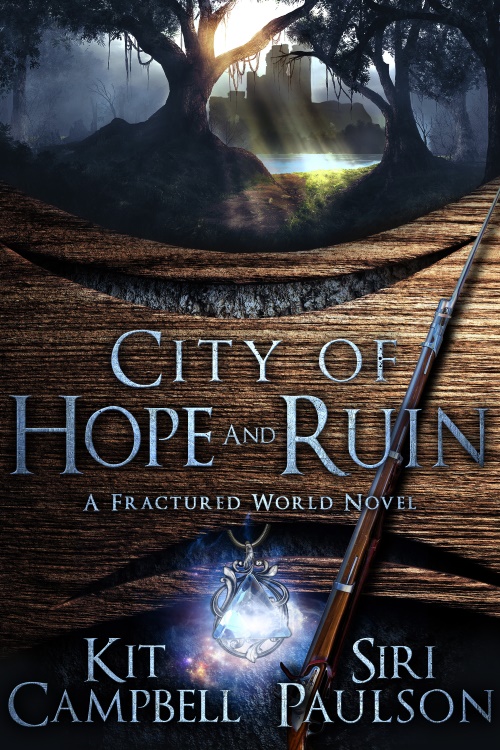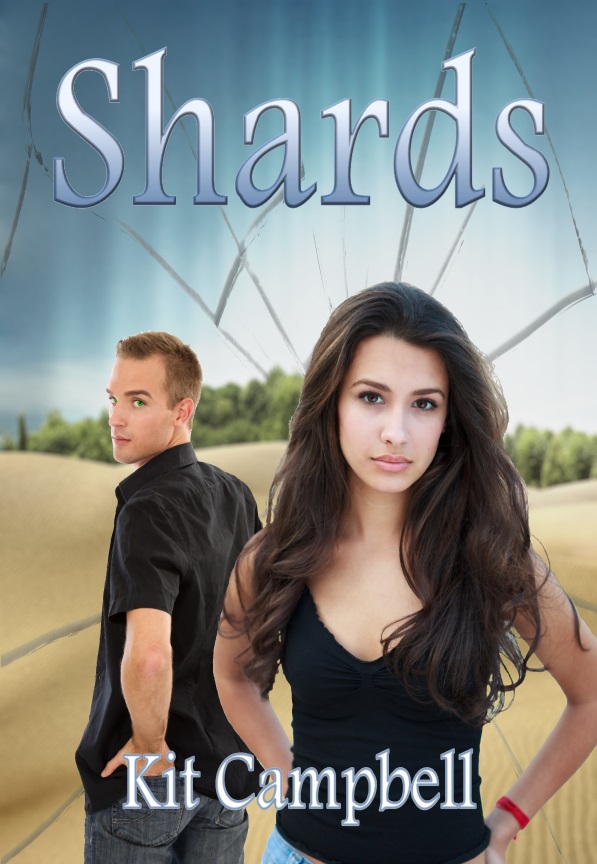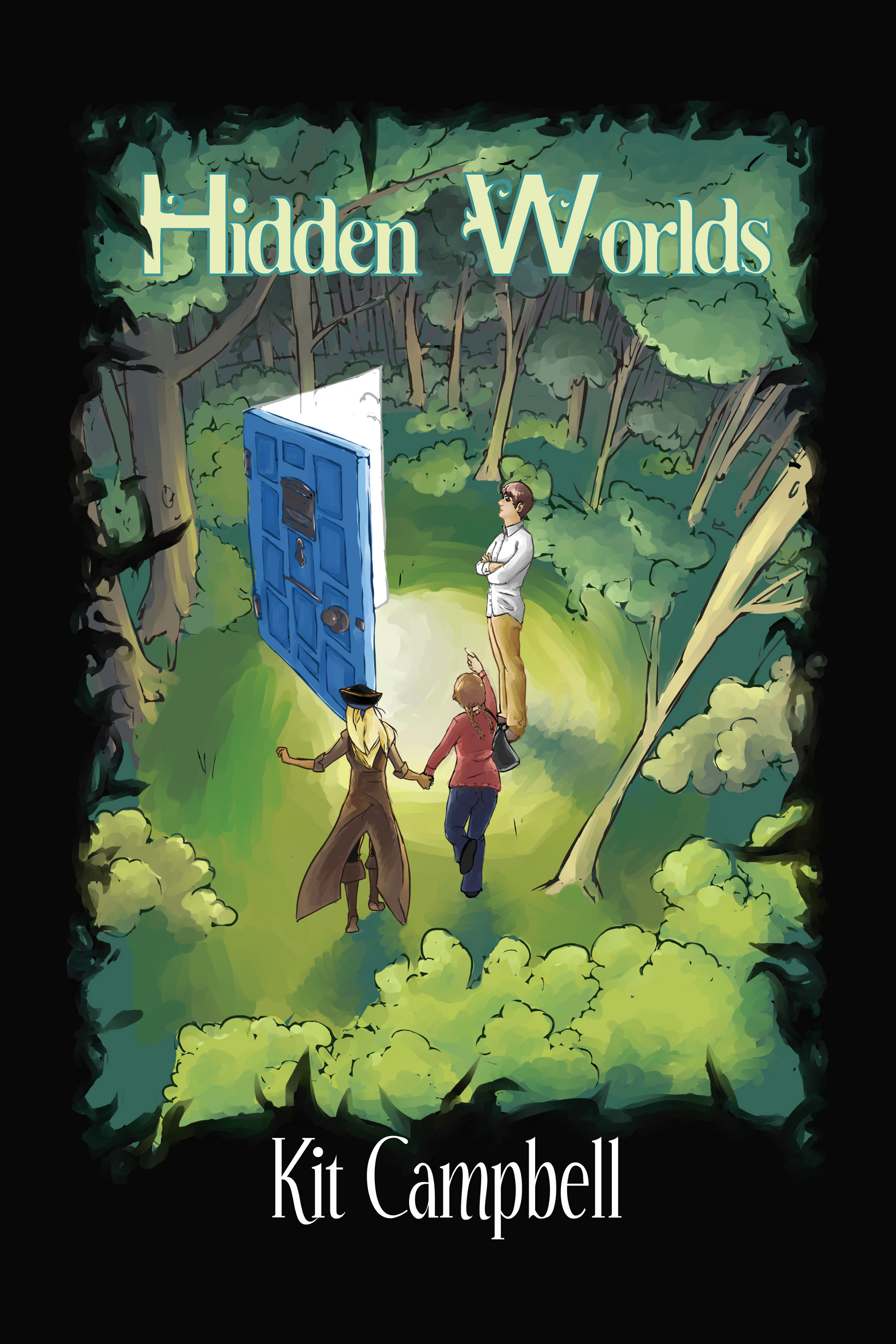Good morning, squiders! I forgot yesterday was Thursday, but I’ve figured it out. This week we’ll be discussing the plot archetype of Comedy.
7 Plots: Comedy
20 Plots: Love
36 Plots: Obstacles to Love, An Enemy Loved
Don’t be confused my friends! In this case we’re talking the broader definition of comedy rather than just “make you laugh” comedy. (Just like romantic fiction originally and arguably still means fiction based on emotions, primarily as a reaction to things like the Industrial Revolution, and not just romance.) In this definition, comedies always have happy endings, and often include dramatic irony and confusion, often within relationships. These stories are often light, and can contain humor and satire.
Examples: A Midsummer’s Night Dream, Bridget Jones’s Diary, Pride and Prejudice, every RomCom ever
Since this particular definition of comedy heavily leans on confusion within relationships, it’s not really surprising that the associated 20 Plots plot is Love. This is your basic romance definition–two people meet and overcome obstacles to reach their happily ever after (or happily for now). Unlike the Comedy archetype, however, the Love archetype does not have to have a happy ending (though it typically does). Wuthering Heights is an example of the Love archetype, and if you’ve ever read it you know that nobody is ever happy in that book.
(I read Wuthering Heights because I kept seeing it mentioned in other books and figured I’d better figure out what the fuss was about.)
Our 36 Plots for this week are Obstacles to Love and An Enemy Loved. Obstacles to Love is basically where there is something keeping two lovers from getting together, which is a fairly standard trope in romance novels. Interestingly, I see Romeo and Juliet listed as an example for this archetype, but that story goes along with a different 20 Plot archetype–that of Forbidden Love, which we’ll talk about when we talk about the Tragedy archetype.
An Enemy Loved is a little more complicated, and doesn’t focus on the relationship as much as the…effects of the relationship, shall we say. There’s three people in An Enemy Loved story: two enemies and then a third character that connects them. So, for example, you have two best friends, but one best friend is dating someone who used to bully the other best friend, and so there’s conflict stemming from that. Again, this is lacking the happy ending that the Comedy archetype needs, but as we’ve discussed previously, each of these lists of archetypes divides things up a little differently and don’t tend to match exactly.
If they did, hey, there wouldn’t be more than one list.
Favorite comedy stories, squiders? Thoughts about how the associated 20/36 Plot archetypes don’t really match the Comedy archetype (though they can, depending on the story)? Thoughts on Wuthering Heights?



